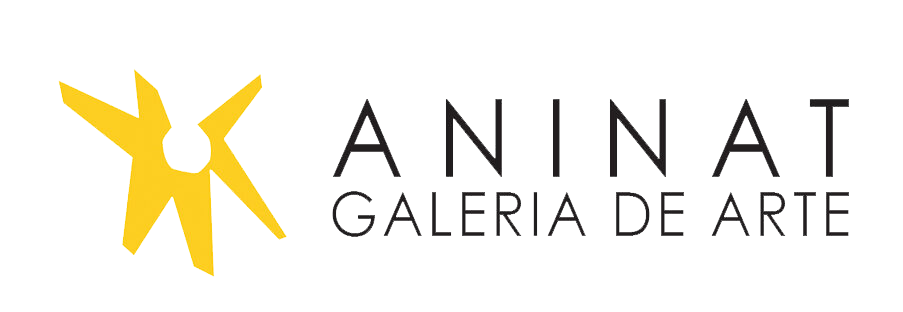Huanchaco
The work of Fernando Gutiérrez (Huanchaco) raises a parodic reinterpretation of the historical representation strategies of the nineteenth century in Latin America. These ways of portraying the ideals of the newly independent new nations are retaken by the artist to generate a parallel with the current context of Peru. His "parodic repetition of the past" is by no means nostalgic, but always critical. It is a return to the ways of the past to point out the relations with the present representations and analyze the consequences in the social and political sphere of the changes and of the elements that have remained unchanged. In a complex context like the Peruvian, the artist recognizes as a strategy of "survival" to assume and confront the configuration of one's identity through parody. A parodic historical consciousness is the only way to cope with the "mishaps" of the History of Peru. The artist decides to replicate this strategy through his work.
In this way, from the appropriation of historical paintings - which at the time formalize a Europeanized identity in Latin America - or of icons of historical painting within universal art, Gutiérrez constructs his discourse on the “double”, already addressed to through characters with Superchaco or Miguel Grau. This double generates parody, because on the one hand it ironizes the construction of American nations from the "copy" of foreign models and, at the same time, activates the awareness of a present that replicates the problems, anguishes and difficulties of the past. . The long "hours of struggle" continue, the failed attempts overlap the numerous and hopeful reforms that culminated in failure.
La obra de Fernando Gutiérrez (Huanchaco) plantea una reinterpretación paródica de las estrategias de representación históricas propias del siglo XIX en Latinoamérica. Estos modos de retratar los ideales de las nuevas naciones recién independizadas son retomados por el artista para generar un paralelo con el contexto actual del Perú. Su “repetición paródica del pasado” no es de ninguna manera nostálgica, sino siempre crítica. Se trata de un retorno a los modos del pasado para señalar las relaciones con las representaciones presentes y analizar las consecuencias en el ámbito social y político de los cambios y de los elementos que han permanecido invariables. En un contexto complejo como el peruano, el artista reconoce como una estrategia de “supervivencia” el asumir y enfrentar la configuración de la propia identidad a través de la parodia. Una conciencia histórica paródica es la única manera de sobrellevar los “descalabros” de la Historia del Perú. El artista decide replicar esta estrategia a través de su trabajo.
De esta manera, a partir de la apropiación de pinturas históricas ―que en su momento formalizan una identidad europeizada en Latinoamérica― o de íconos de la pintura histórica dentro del arte universal, Gutiérrez construye su discurso sobre el “doble”, ya antes abordado a través de personajes con Superchaco o Miguel Grau. Este doble genera la parodia, pues por un lado ironiza la construcción de las naciones americanas a partir de la “copia” de los modelos extranjeros y, al mismo tiempo, activa la conciencia de un presente que replica los problemas, angustias y dificultades del pasado. Las largas “horas de lucha” continúan, los intentos fallidos se superponen a las numerosas y esperanzadas reformas que culminaron irremediablemente en fracaso.


